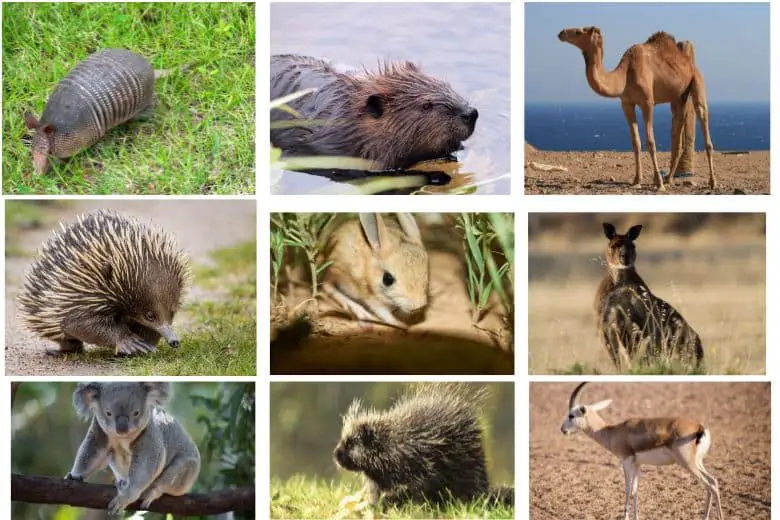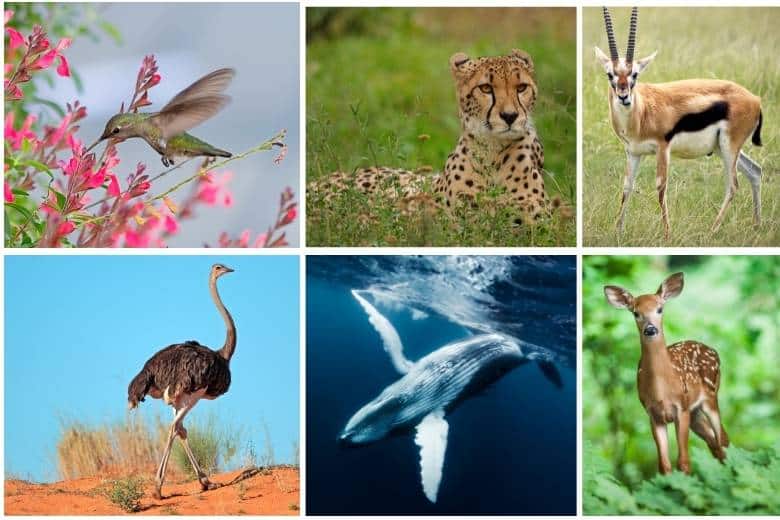Animals that live in tree holes typically enter through the opening at the top. Once they are inside, they build their nests or homes using materials they find within the hole. These animals often use the same tree hole year after year.
There are many different types of animals that live in tree holes. Some of these animals include: bats, snakes, Woodpeckers, Tree Squirrels, and even some birds. Tree holes provide these animals with a place to live, mate, and raise their young. They also offer protection from the elements and predators.
In this article, we will discuss the different types of animals that live in tree holes and the benefits that they receive from doing so.
9 Animals Live in Tree Holes
1. Owls

Owls are one of the many animals that live in tree holes. They are nocturnal predators that use their sharp talons and beaks to catch small mammals and birds. Owls are very silent flyers, which helps them to sneak up on their prey. Some owls, such as the great horned owl, will also nest in tree holes.
2. Woodpeckers

Woodpeckers are one of the many animals that live in tree holes. These birds are known for their distinctive pecking sound, which they use to find food and to excavate nesting and roosting sites.
Woodpeckers are found in woods all over the world, and some species are even adapted to living in urban areas. These birds typically nest in tree cavities, but they will also use man-made structures such as nest boxes.
3. Snakes

There are many different types of snakes that live in tree holes. Some of the more common species include the garter snake, the green snake, and the brown snake. These snakes usually live in areas where there is a lot of vegetation, such as in forests or near ponds and streams. Tree holes provide them with a safe place to hide from predators and a place to find food.
4. Songbirds
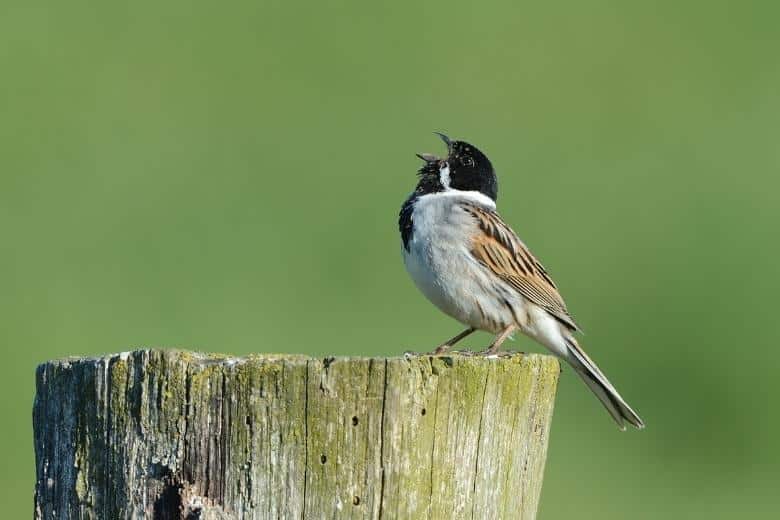
Songbirds are a type of bird that live in tree holes. Some of the most popular species include the American robin, the European bluebird, and the house finch. These birds are known for their beautiful singing voices, which is why they are often kept as pets.
While most songbirds live in the trees, some, like the American goldfinch, will also build their nests on the ground. These birds are important to the ecosystem because they help to pollinate plants and disperse seeds.
5. Parrots
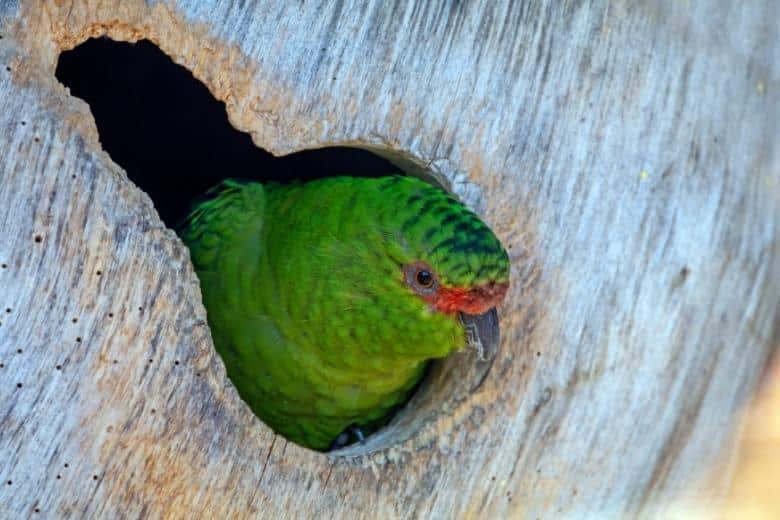
Parrots are one of the many animals that live in tree holes. They are very colourful birds that are known for their ability to mimic human speech. Parrots are found in tropical and subtropical regions of the world and typically live in forests. Some of the most popular parrots include the macaw, the cockatoo, and the parakeet.
6. Squirrels

Squirrels are small rodents that live in trees. They have a long tail that helps them balance as they climb up and down the trunk of a tree. Squirrels are very agile and can jump from one branch to another with ease. They are also good swimmers and can use their tail as a rudder to help them swim in a straight line.
Squirrels are mainly herbivorous, but they will also eat insects and small vertebrates. They cache (or store) food in tree holes or in the ground, which they dig up with their powerful front claws. In the winter, squirrels hibernate in their nests, which are made of leaves and twigs.
There are many different species of squirrels, including the red squirrel, the grey squirrel, and the ground squirrel. Squirrels are found all over the world, in both temperate and tropical regions.
7. Chickadees
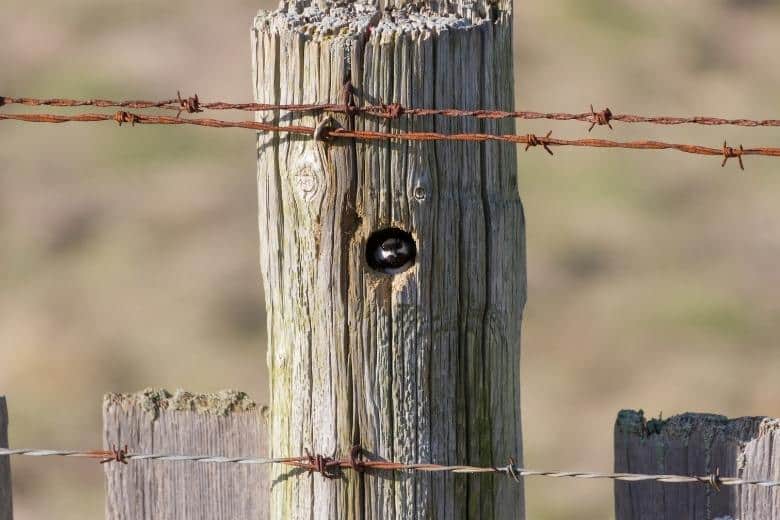
Chickadees are small birds that live in tree holes. They are very important to the forest ecosystem because they help to control the populations of insects and other small animals. Chickadees are very active birds and are always on the move looking for food. They are very curious birds and will often investigate anything new that they see.
8. Mink

Minks are small, semi-aquatic mammals that are related to weasels. They have dark brown fur and are known for their ability to swim powerfully. Minks live in forested areas near streams, lakes, and wetlands and build their dens in tree holes, crevices, or abandoned burrows. They are solitary animals and are mostly active at night. Minks are good climbers and can run quickly on land. Their diet consists of fish, frogs, insects, and small mammals.
9. Nuthatches

Nuthatches are small birds that live in tree holes. They have long, sharp beaks that they use to eat insects, nuts, and berries. Nuthatches are good climbers and often climb head-first down tree trunks. They are common in woods and forests in North America and Europe.
Frequently Asked Questions
- What kind of animals live in tree holes?
There are a variety of animals that live in tree holes, including bats, snakes, lizards, frogs, and spiders.
- How do animals get into tree holes?
Some animals, like bats, are able to fly into tree holes. Others, like snakes and lizards, can climb into the holes.
- What do animals use tree holes for?
Tree holes provide animals with a safe place to sleep, hide from predators, and raise their young.
- How long do animals stay in tree holes?
Some animals, like bats, only use tree holes for a short period of time, while others, like snakes, may live in tree holes for their entire life.
- Do all animals live in tree holes?
No, not all animals live in tree holes. Some animals, like squirrels and birds, live in nests that they build in trees.
Conclusion
Animals that live in tree holes are very interesting creatures. They have adapted to their environment in order to survive. Some of these animals include bats, snakes, Woodpeckers, Tree Squirrels and even some birds. These animals have made the tree hole their home and have adapted to the life that it provides.
It is amazing to see how these animals have adapted to their environment and how they have made the tree hole their home. These animals are a testament to the adaptability of all animals. They have shown that no matter where you live, you can find a way to make it your home.

